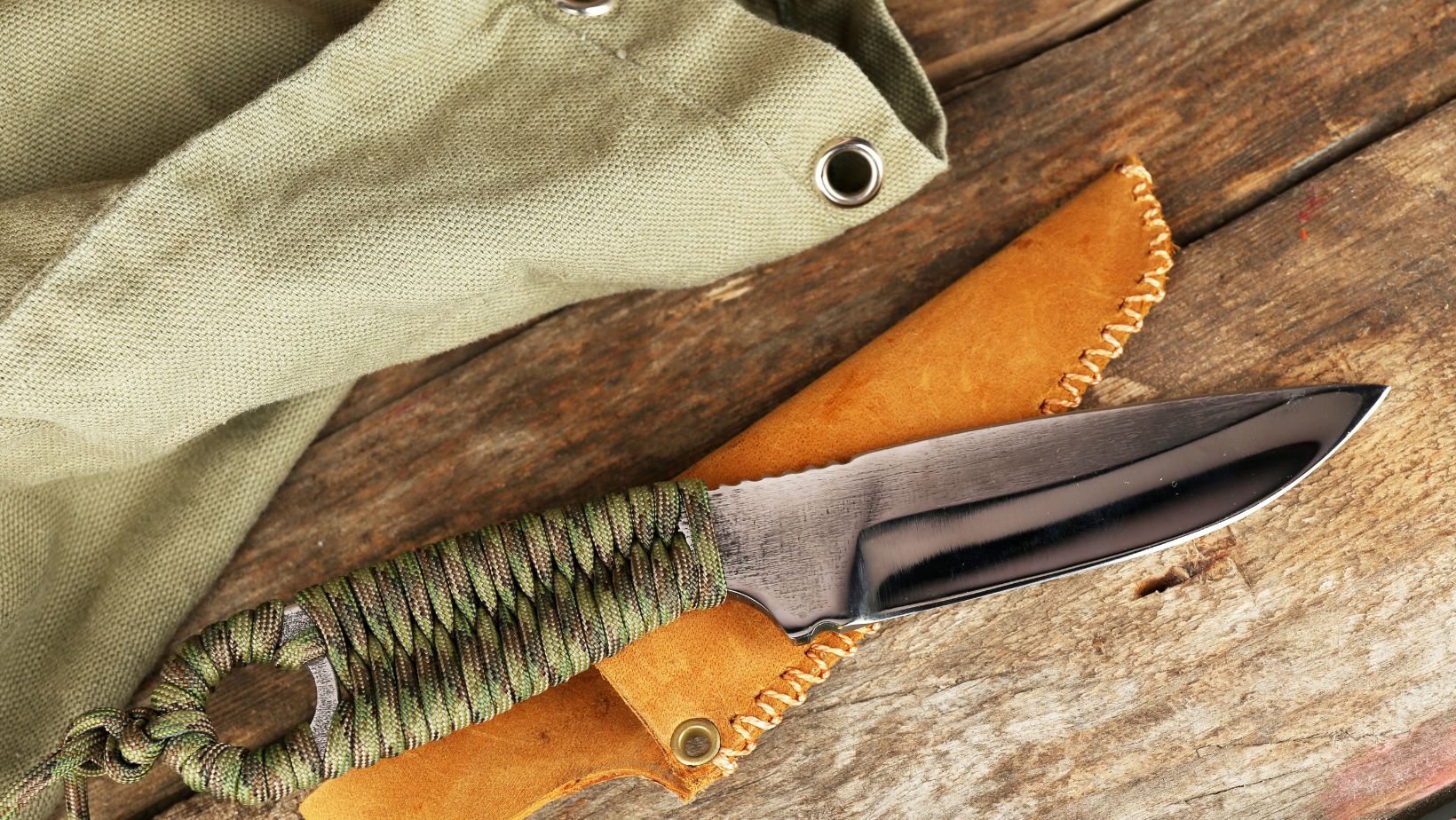The 3 Essentials To Help Choose The Right Hunting Knife

Hi, I am Betty Knight, Owner of this site! I…
Having the right tool makes any job easier, and this is especially true for hunting. Field dressing can be tough, so having the right knife is important. A well-chosen knife will make the process much smoother. Many knives are designated for hunting.
When choosing a hunting knife, knowing the different types is important. There are different knives for different types of hunting approaches, for instance. Before you head out on your hunting trip, you need to learn a bit more about knives. In this article, we will review several essentials to help you choose.
1 – Types of knives
Knowing the different types of hunting knives is important when picking one. The main kinds are fixed-blade knives and folding-blade knives.
A fixed-blade knife has a solid, non-folding blade that extends into the handle. These knives are strong and durable, less likely to break or fail, and more reliable tools. Fixed-blade knives are also easier to clean because they do not have moving parts where dirt can get stuck.
For whitetail hunting, a fixed blade knife is often better because it’s reliable and easy to use. It has the strength needed for field dressing and other tough jobs.
A folding knife’s blade folds into the handle, making it small and easy to carry in a pocket or bag. Folding knives are versatile and often come with extra tools like saws or gut hooks.
2 – Blade shape
The shape of the blade affects how well it works for different tasks. Common blade shapes are drop point, clip point, skinning, and gut hook. Each shape has good and bad points, making them better for certain uses.

A drop point blade has a strong, thick tip that is good for controlled cuts. The blade’s spine curves gently to the tip, giving it a large belly for slicing. This shape is versatile and popular with hunters for skinning and general use. However, the broader tip may not be as good for precision tasks.
A clip-point blade has a thinner, sharper tip created by a concave curve along the spine near the tip. This shape is great for precision work, like detailed cutting or piercing. However, the sharper tip can break more easily under heavy use.
3 – Blade length
The length of the blade is important when choosing a hunting knife. It affects how well the knife works for different tasks and games.

Short blades, usually three to four inches long, offer better control and precision. They are easier to handle and great for detailed work, like skinning small game or making fine cuts. A short blade is often the best choice for hunting small game like rabbits or birds.
Long blades, which are over four inches, are better for larger game and tougher tasks. They provide more cutting edge, making skin and butcher big animals like deer or elk easier.
What's Your Reaction?
Hi, I am Betty Knight, Owner of this site! I am a 'nearing 30-year-old', happily married to 1 awesome man. We live in the beautiful tourist town of Franklin NY.


